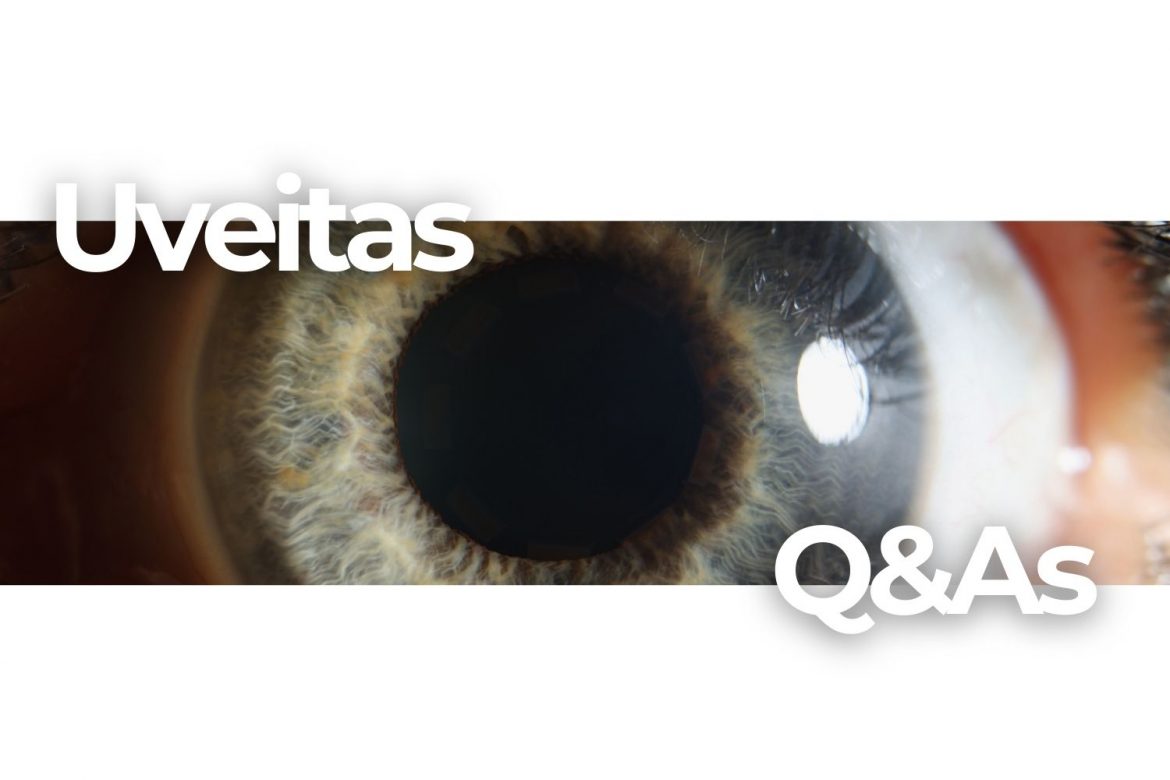158 total views , 1 views today
Ever heard of uveitis? It’s a rare condition that affects only 38 in 100,000 people, but results in 30,000 new cases of legal blindness each year.
While uveitis is a serious eye condition. The condition will not resolve without treatment and can result in blindness.
However, if caught early, it is easily diagnosed and treated.
What is uveitis?
Uveitis is inflammation of the uvea, the pigmented layer of the eye, which lies beneath the sclera and cornea, and is made up of the iris, choroid, and the ciliary body. Inflammation of the uvea occurs when your immune system is fighting an infection or if you have a condition where your immune system attacks healthy tissue in your body.
Uveitis can be a serious condition that results in vision loss if not treated. The condition can also cause cataracts, glaucoma, retinal detachment, or fluid to develop in the retina.
Are there different types of uveitis?
Different types of uveitis affect different parts of the eye.
- Anterior uveitis which affects the iris, is the most common and the easiest type to treat.
- Intermediate uveitis affects the ciliary body and the vitreous gel.
- Posterior uveitis affects the back part of the eye including the retina and the choroid.
- Pan uveitis affects all the parts of the uvea.
What are the symptoms of uveitis?
Uveitis occurs very suddenly and causes eye discomfort. Symptoms include eye pain, blurry vision, light sensitivity, floaters, or a reduction in your vision. Your eyes may appear slightly red (referred to as ciliary flush).
What causes uveitis?
Patients of all ages can get uveitis, but it is more common with increased age. Patients with certain genes or a weakened immune system may be more susceptible. Smoking may make it more difficult for a doctor to manage the disease. If you’re being treated for uveitis, the doctor refer you for bloodwork to find a possible cause.
Interestingly, uveitis can be idiopathic (that is, no cause can be traced) or due to a systemic cause—and there are quite a few. Let’s look at medical issues known to cause uveitis.
Autoimmune conditions
An autoimmune condition is the most common reason for developing uveitis. Common autoimmune conditions that may cause a uveitis include ankylosing spondylitis, lupus, multiple sclerosis, rheumatoid arthritis, and sarcoidosis.
Ankylosing spondylitis (AS)
Ankylosing spondylitis is an inflammatory condition that cause the bones of the spine, called vertebrae, to fuse. The spine becomes less flexible resulting in back pain and stiffness. AS can run in families and the HLA-B27 gene variant can be inherited.
Lupus
Lupus is a disease where the immune system attacks the body resulting in inflammation and permanent tissue damage. The most common symptoms are a butterfly rash on the cheeks, muscle and joint pain, and fatigue.
Multiple sclerosis (MS)
Multiple sclerosis is a disease where the immune system attacks the myelin sheath covering the brain and spinal cord causing communication difficulties between the brain and the body. Signs and symptoms vary with the severity of the disease. The diagnosis is often made when the condition affects the eye called optic neuritis.
Rheumatoid arthritis
Rheumatoid arthritis is a chronic inflammatory condition that affects the joints, typically, the hands and feet. RA is one of the most common autoimmune conditions and occurs far more frequently in women. Patients with RA are typically treated with a drug called Plaquenil which may damage the retina if not monitored by an eye doctor.
Sarcoidosis
Sarcoidosis is an inflammatory disease which activates the immune system to produce a cluster of inflamed tissue called a granuloma. It most often affects the lungs but can result in a uveitis.
Inflammatory diseases
Inflammatory diseases such as histoplasmosis, shingles, syphilis, and toxoplasmosis may cause uveitis.
Histoplasmosis
Histoplasmosis is an infection caused by breathing in fungus spores found in bird droppings. Histoplasmosis is more common in the Mississippi and Ohio River valleys. Most patients do not have symptoms, but flu-like symptoms can be experienced.
Shingles
Shingles, also called Herpes Zoster, presents as a painful rash on one side of the face or body. Shingles is caused by the same virus that causes chicken pox but occurs when the disease is reactivated. Patients over the age of 60 are most at risk for developing shingles.
Syphilis
Syphilis is an STD and is often called the great masquerader because it can cause many different signs and symptoms like skin rashes, sores, and flu-like symptoms. It can also cause many eye conditions, including uveitis.
Toxoplasmosis
Toxoplasmosis is an infection caused by the parasite, Toxoplasma gondi, which can be found in both uncooked meat and cat feces. Besides uveitis, symptoms include muscle pain, fever, and headache which may be present for weeks.
How is uveitis detected?
Uveitis is diagnosed by looking at the front of the eye and dilating the eye to look at the back half of the eye. Doctors can see microscopic white blood cells and protein called flare in the front of the eye.
How is uveitis treated?
Your eye doctor will prescribe steroid eye drops and cycloplegic eye drops to keep the eye dilated. Steroids will be dosed frequently and then slowly reduced in number to treat the inflammation of the eye.
The inflammation causes the iris to become sticky and if the eye doesn’t remain dilated, the iris can stick to the lens and could cause glaucoma. If the inflammation spreads to the back of the eye, steroid injections or a steroid implant may be needed.
Steroids can have side effects and increase your risk of glaucoma and cataracts. They should not be used long-term or without the supervision of a doctor.
When will uveitis resolve?
Anterior uveitis typically resolves within several days, but posterior uveitis can take weeks to months to resolve. Uveitis must be treated slowly, or it can reoccur. Treating the underlying systemic disease or condition is key to resolution of the eye inflammation.


